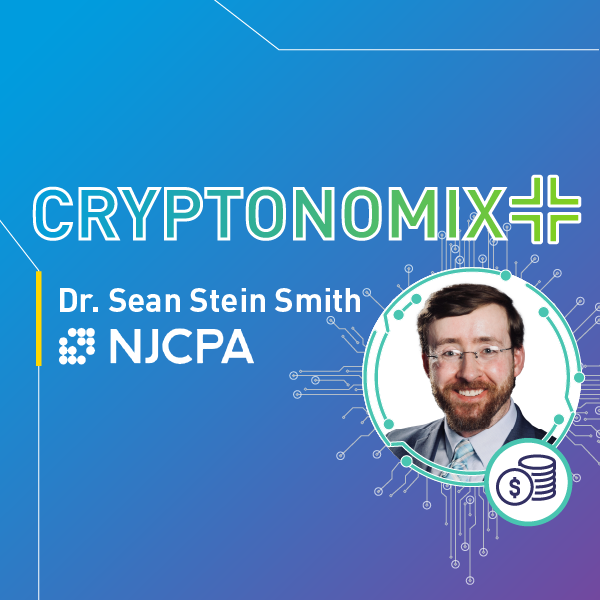The Universal Cost Basis Method for Digital Assets is over, but a safe harbor option exists. Do you need to act now?
The IRS released final regulations on broker reporting for digital assets (T.D. 10000). Per these regulations, Form 1099DA will be used to report digital asset sales to the IRS and to assist taxpayers with reporting on their income tax returns. Form 1099DA will be like Form 1099-B – consolidated statements reporting stock sales, bonds and other securities, however, Form 1099DA will contain 2025 sale and exchange transactions. The IRS requires that these forms be sent to taxpayers in early 2026 for use on taxpayers’ tax returns for the 2025 tax year.
In conjunction with these regulations, the IRS released Rev. Proc. 2024-28, which prohibits a universal wallet method for tracking tax basis in digital assets. Before this new guidance was issued, some taxpayers utilized the universal wallet method and pooled the cost basis for digital assets across all wallets, specifically applying the cost basis to digital assets that were sold. Therefore, when a digital asset was sold, cost basis could be used from a pool, but this left other unsold digital assets with no basis, creating mismatches. These final regulations make it clear that the universal wallet method is not permissible.
For taxpayers who have historically utilized the universal wallet method, Rev. Proc. 2024-28 allows relief when transitioning to a wallet-by-wallet method. According to Rev. Proc. 2024-28, taxpayers choosing to utilize safe harbor can reasonably allocate units of unused basis to a wallet if the wallet contains an equal number of remaining digital assets and the unused basis units are of the same type as the remaining digital assets. This allocation can be accomplished using either a specific unit allocation method or a global allocation method.
The one-time allocation under Rev. Proc. 2024-28 is irrevocable, applicable solely to capital assets, and generally must be completed by January 1, 2025. Additionally, taxpayers are required to maintain detailed records that identify the total remaining digital assets in each account, the total units of unused basis, the original cost basis for each unit of unused basis and the acquisition date of the digital asset to which the unused basis was initially attached.
Now, in 2025, the IRS issued Notice 2025-7, which allows a temporary relief for taxpayers under Reg. 1.1012-1(j)(3)(ii). This notice allows taxpayers to use alternative methods for identifying digital asset units held by brokers, as the IRS recognized that brokers might not have the correct technology in place by 2025 to ensure taxpayers can make accurate basis identifications. This relief applies through all of the 2025 tax year (from January 1, 2025, to December 31, 2025) and permits specific identification methods of digital assets instead of the default first-in, first-out (FIFO) rule.
Author: Mairen Venezuela, CPA | [email protected]
Contact Us
If you have any questions regarding assistance with allocating cost basis or digital assets in general, please contact a member of Withum’s Digital Currency and Blockchain Technology Services Team.




